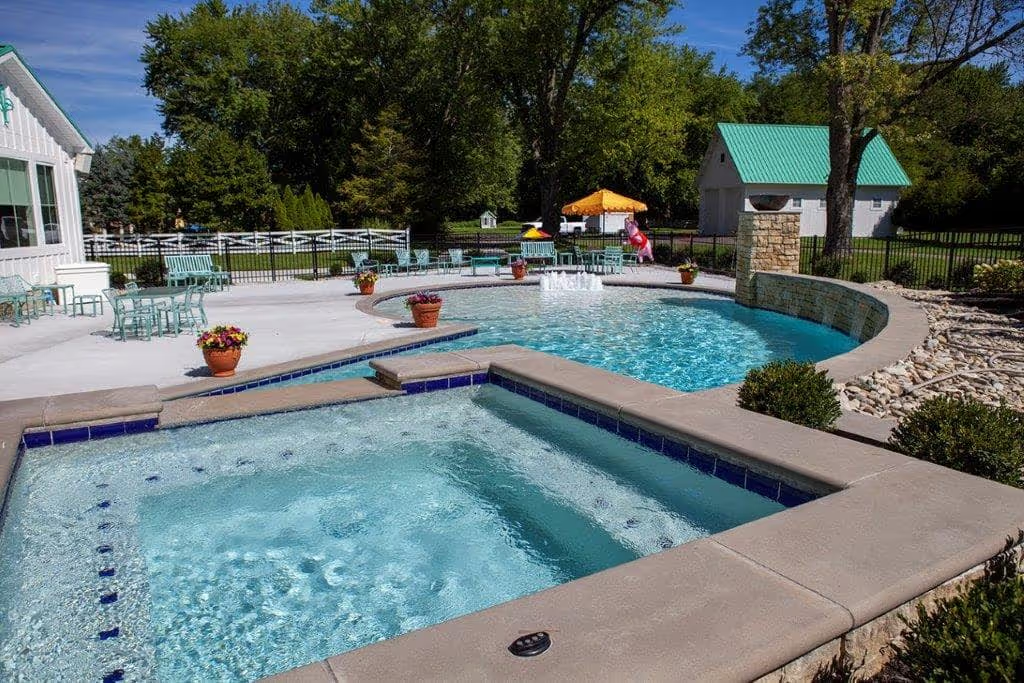- Stone Center
- Blog
Discover Popular Flagstone Types and Their Unique Colors
23/7/2025
1/15/2025
Discover Popular Flagstone Types and Their Unique Colors

From sleek grays and deep blues to the warmth of rustic reds, flagstone types offer a palette as varied as nature itself. Each stone has a distinct character that enhances patios, paths, and other outdoor spaces. Let’s take a closer look at the most popular flagstone types and colors to inspire your next project.
Types of Flagstone: Exploring Your Options
Flagstone is more than just a functional material. These flat, layered stones, like sandstone, have been used for centuries in everything from architecture to landscaping. They’re naturally split into perfect slabs, making them ideal for projects that demand durability and style.
If you’re curious about how flagstone forms or how it stands up to different environments, explore our flagstone guide. It’s packed with details about its origins and practical uses, so you’ll know exactly what makes it such a trusted choice.
From traditional patios to sleek, modern paths, flagstone fits into any vision. Let’s look at the most popular types and what makes each one unique.
1. Slate
Slate is one of the most commonly known types of flagstones available. This stone is a metamorphic rock that's layered with clay-like minerals. Slate is typically softer than other stones, like sandstone or quartzite, and is very flaky. These characteristics give it an antique-like appearance.
Slate is most commonly found in Pennsylvania, Virginia, Vermont, and New York, and comes in silver gray, green, and copper variations.
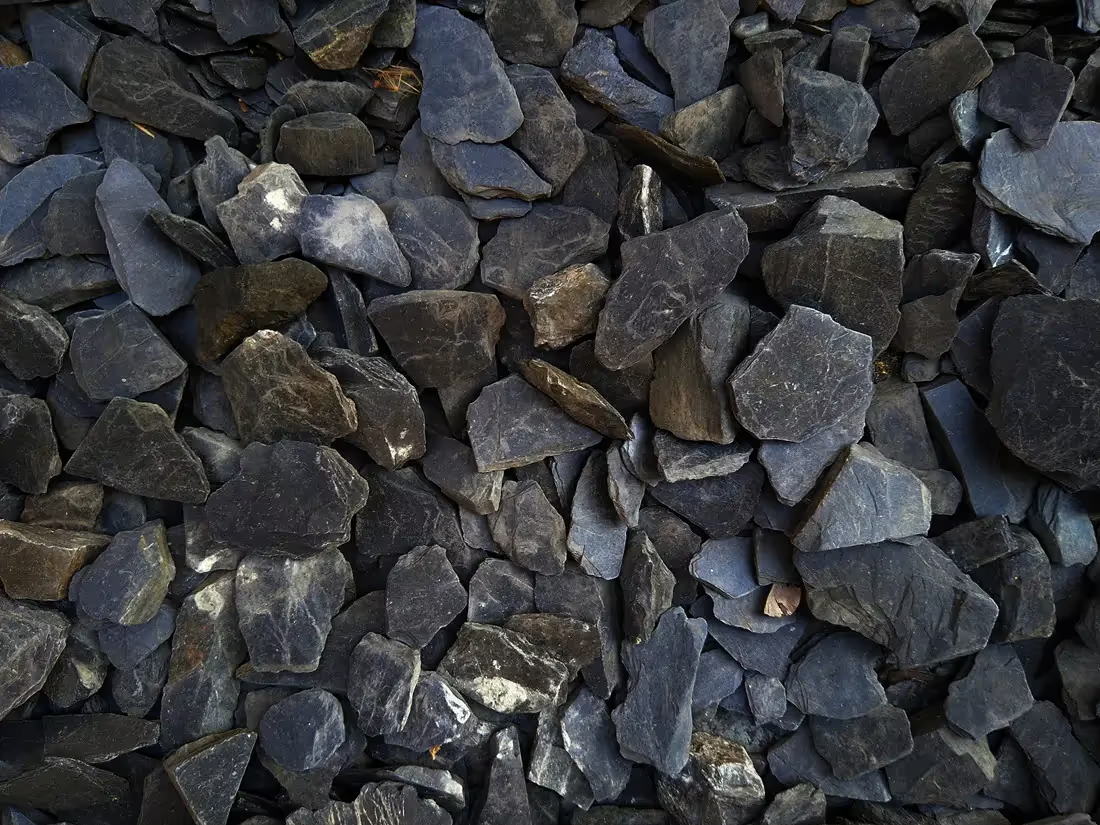
Pros:
- Easy to chisel and shape
- Ideal for wall-cladding
Cons:
- Splits easily
- Limited availability in bigger sizes
- Requires sealing for stain resistance
2. Sandstone
Sandstone is a sedimentary rock that's formed by layers of sand, as the name suggests. Of the different types of flagstone, this one gives one of the most contemporary or earthy looks.
Typically found in the Southeast, Sandstone offers a range of neutral, earthy colors. Sandstone can come in soft pastel colors from beige to red, including pinks, buckskin, gold, and dark red for a versatile selection.
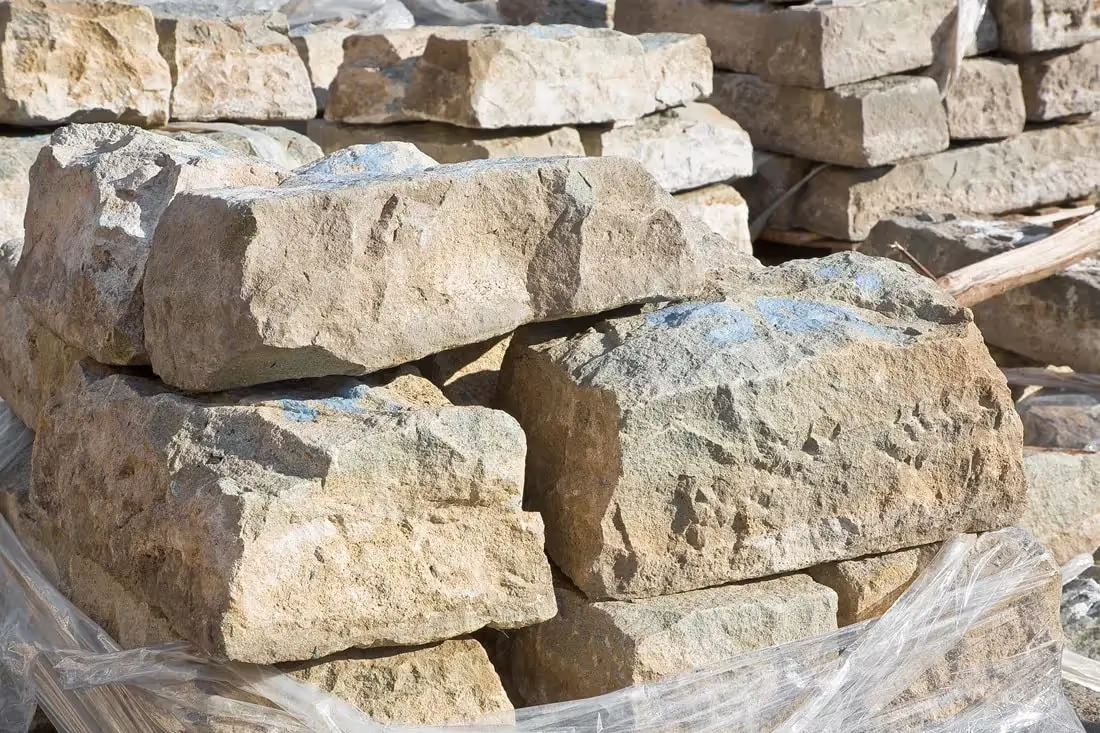
Pros:
- Offers cooler surface temperatures in the summer
- Weather resistant in dense, tightly packed varieties
Cons:
- Porous
- Tends to absorb water which causes damage in freeze/thaw cycles
- Must be sealed to avoid staining
3. Basalt
Basalt is an igneous, or volcanic, rock. It tends to be lightly textured and is most often found in Montana and British Columbia.
With a natural gray, beige, or black variation, Basalt is ideal for those looking for a cooler-toned stone option.
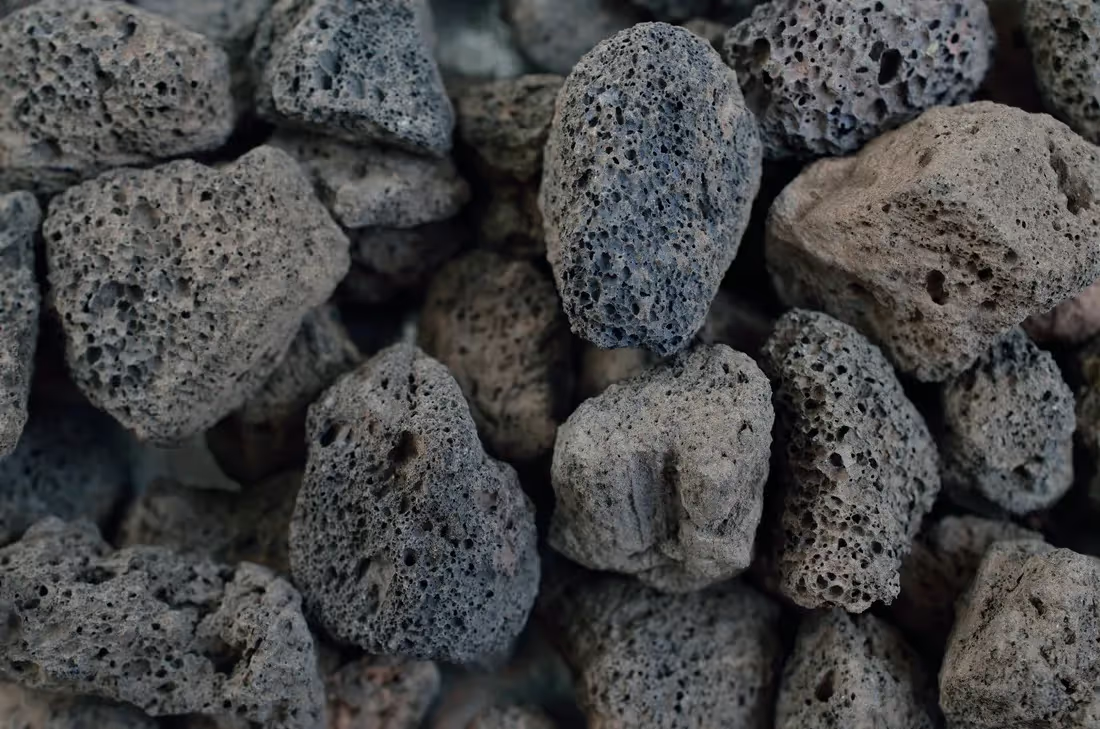
Pros:
- Offers great insulation
- Sound absorption properties
Cons:
- Can look dull-looking over time
4. Quartzite
Quartzite is a stone that's a form of metamorphosed rock. It offers a glossy, smooth surface for an ageless appearance that withstands the tests of time.
Most commonly found in Idaho, Oklahoma, and Northern Utah, Quartzite offers one of the widest ranges of different colors of flagstone. It can come in shades of silver and gold, as well as light tans, blues, grays, and greens.
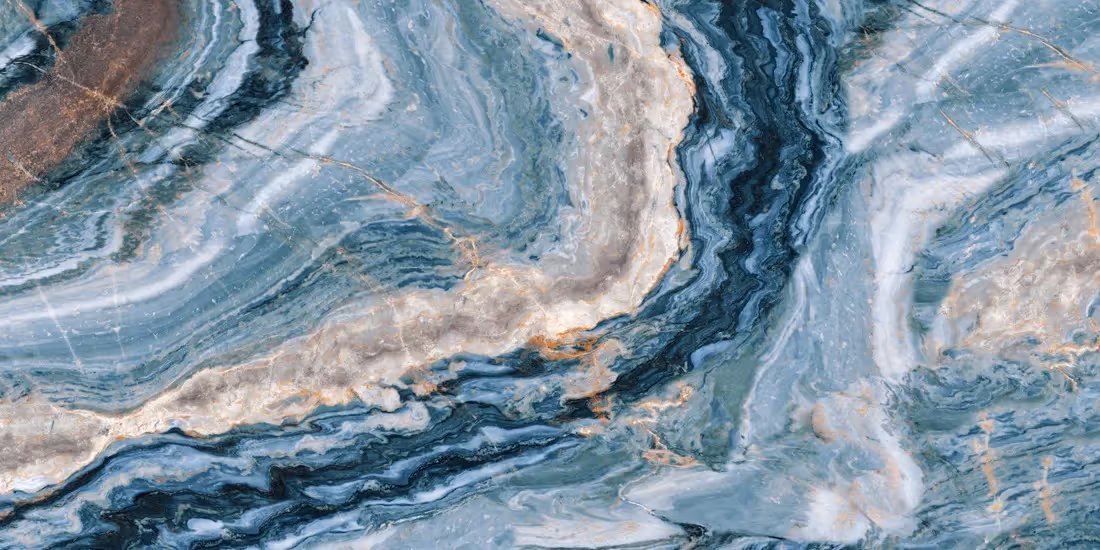
Pros:
- Resistant to wear and tear
- Resistant to rain and harsh chemicals
- Is a non-slip surface
- Offers more stain resistance than sandstone
Cons:
- Prone to etching
- Can be hard to shape
- Requires routine maintenance
5. Limestone
Limestone is one of the most common sedimentary rocks. This stone is composed of calcite and offers a natural split surface that can be polished. It tends to offer a more elegant stone finish.
Found in Indiana, limestone comes in a variety of colors. The range of hues includes gray, beige, yellow, and black.

Pros:
- Ideal for humid climates
- Weather-resistant
- Long-lasting
Cons:
- Incredibly heavy
- Susceptible to damage from acid
6. Travertine
Travertine is a compacted variety of limestone, yet offers a few different qualities.
Due to its limestone composition, travertine tends to have a more weathered look with different pitted holes. This material is found in Oklahoma and Texas most commonly but can be quarried in Western states in the United States. Typically, travertine comes in various shades of brown, tan, and gray blues.
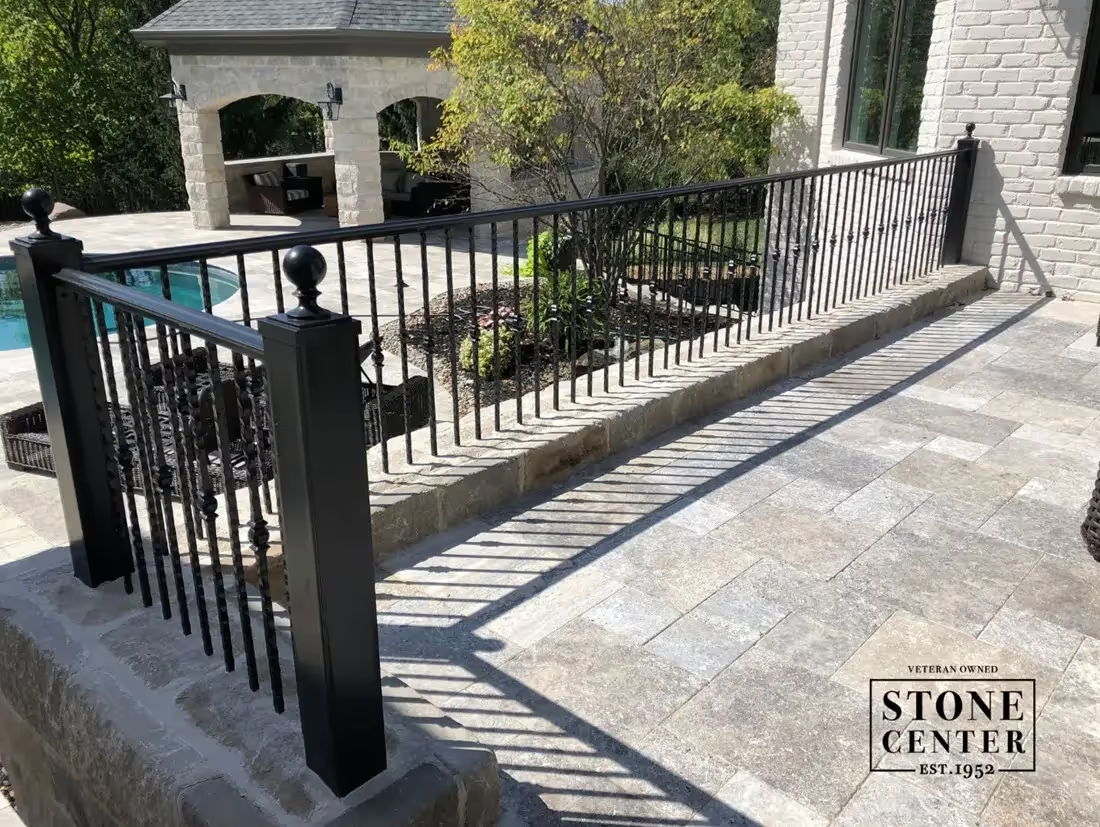
Pros:
- Durable
- Higher-end stone
- Remains cool
- Great for outdoors
Cons:
- Can be challenging to finish
- Tough to maintain due to surface pits
7. Bluestone
Bluestone is a type of blue-gray sandstone. However, unlike sandstone, it offers a much more dense composition. Due to this density, bluestone tends to have a very flat surface with a rough texture, offering a classic look for your space.
Bluestone is most commonly found in Northeastern states, such as Pennsylvania and New York. And, as suggested by the name, it most commonly comes in shades of blue, as well as gray and purple.

Pros:
- Dense
- Tough paving
- Non-slip surface
- Holds up to harsh winters
Cons:
- Requires proper sealing to preserve color
- Must be sealed to resist chlorine or salt water damage
- Needs to be sealed to protect it from scratching and staining
8. Arizona Flagstone
Arizona flagstone is a type of sandstone. This material is most commonly used for making patio areas, due to its ability to stay fairly cool in the hotter seasons.
Arizona flagstones are most commonly available in pinkish shades, as well as reds for a warm-toned finish.
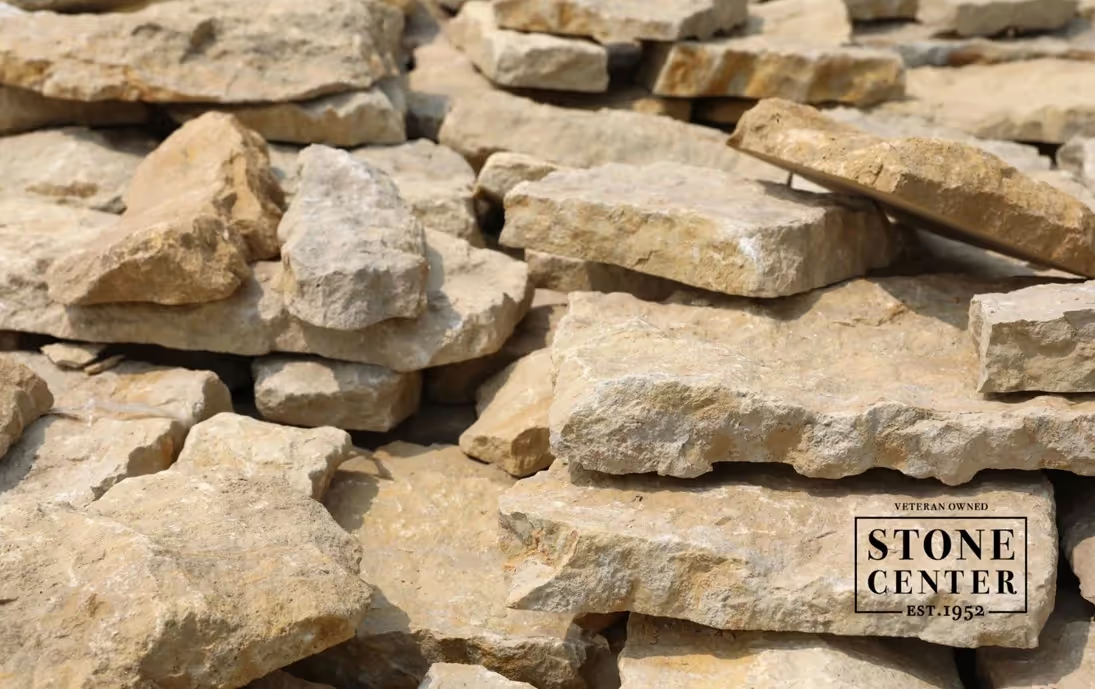
Pros:
- Offers cooler surface temperatures in the summer
- Weather resistant in dense, tightly packed varieties
Cons:
- Porous
- Tends to absorb water which causes damage in freeze/thaw cycles
- Must be sealed to avoid staining
Things to Consider When Choosing Flagstone
There are a number of things to consider when exploring the various flagstone types and colors and deciding where to implement this beautiful material in your design.
Before committing to flagstone, be sure to:
- Choose a flagstone that comes in a variety of shapes, sizes, and thicknesses to accommodate your design.
- Avoid glittery flagstone, as it tends to lose its sparkle over years of wear and tear.
- Keep in mind that bright-colored stone often ends up being softer than more muted, uniform tones.
- Ensure that the stone has been tested in residential landscapes over time.
- Look for a stone that originates near your project site to minimize shipping charges.
- Check that the stone is widely available through multiple sources to compare costs.
- In areas where water is mineral-rich, avoid dark-colored stones that show efflorescence.
How Much Does Flagstone Cost?
Adding flagstone to your space is like inviting nature’s finest art into your home. But before you dive into your project, let’s talk numbers. The cost of flagstone depends on its type, color, and thickness, so knowing your options can save you from sticker shock.
Here’s a quick look at what you can expect to pay for popular flagstone types:
Now, let’s talk about installation. If you’re hiring a pro, you’re looking at an additional $10 to $15 per square foot. That price covers everything from prepping the foundation to cutting and placing each stone with care. Complex designs or tricky spaces might nudge the cost higher, but the result — a stunning, durable surface that’s ready to steal the show — is always worth it.
From Dream to Reality: How to Install Flagstone
Bringing your flagstone vision to life requires careful planning and execution. Here's how to make it happen:
- Start with a firm foundation: Create a leveled base using compacted gravel or crushed stone. Don't forget proper drainage to avoid future pooling problems.
- Now comes the artistry: Arrange the flagstones thoughtfully, leaving space between them for the vital ingredient — the jointing material.
- Apply the polymeric sand: This revolutionary product expands and contracts with temperature, keeping those joints weed-free and flexible. Simply sweep it into the gaps, mist with water, and watch it solidify to secure your flagstone paradise for years to come.
Apart from that, edging stones or bricks will create a clean and defined border for your patios or pathways. With a little planning and creativity, flagstone can transform your outdoor space into a haven of beauty and tranquility.
Shop the Best Flagstone at Stone Center!
Offering a variety of finishes and a range of flagstone types and colors, flagstone is a beautiful material to incorporate into your home design, particularly when tackling an updated landscaping project.
To see the flagstone types and find your ideal stone, explore the vast selection at Stone Center today. Featuring the finest stone carvings in Columbus and Cincinnati, Stone Center offers craftsmanship and quality you can count on. Contact us today to learn more!
FAQ
.avif)
Jon, the owner of Stone Center, is a knowledgeable expert in natural stone products, specializing in various types of stone for landscaping and architectural projects. Passionate about promoting the beauty and versatility of natural stone, Jon aims to use these blogs to inspire readers with creative ideas to upgrade their homes.
How much does it cost to get a stone restored?
How much you end up spending to restore stone varies on the type of stone, the technique, and the stone’s current condition. Stone in good condition will cost less to restore, whereas stone that has a lot of wear and tear may require a longer restoration.




.avif)

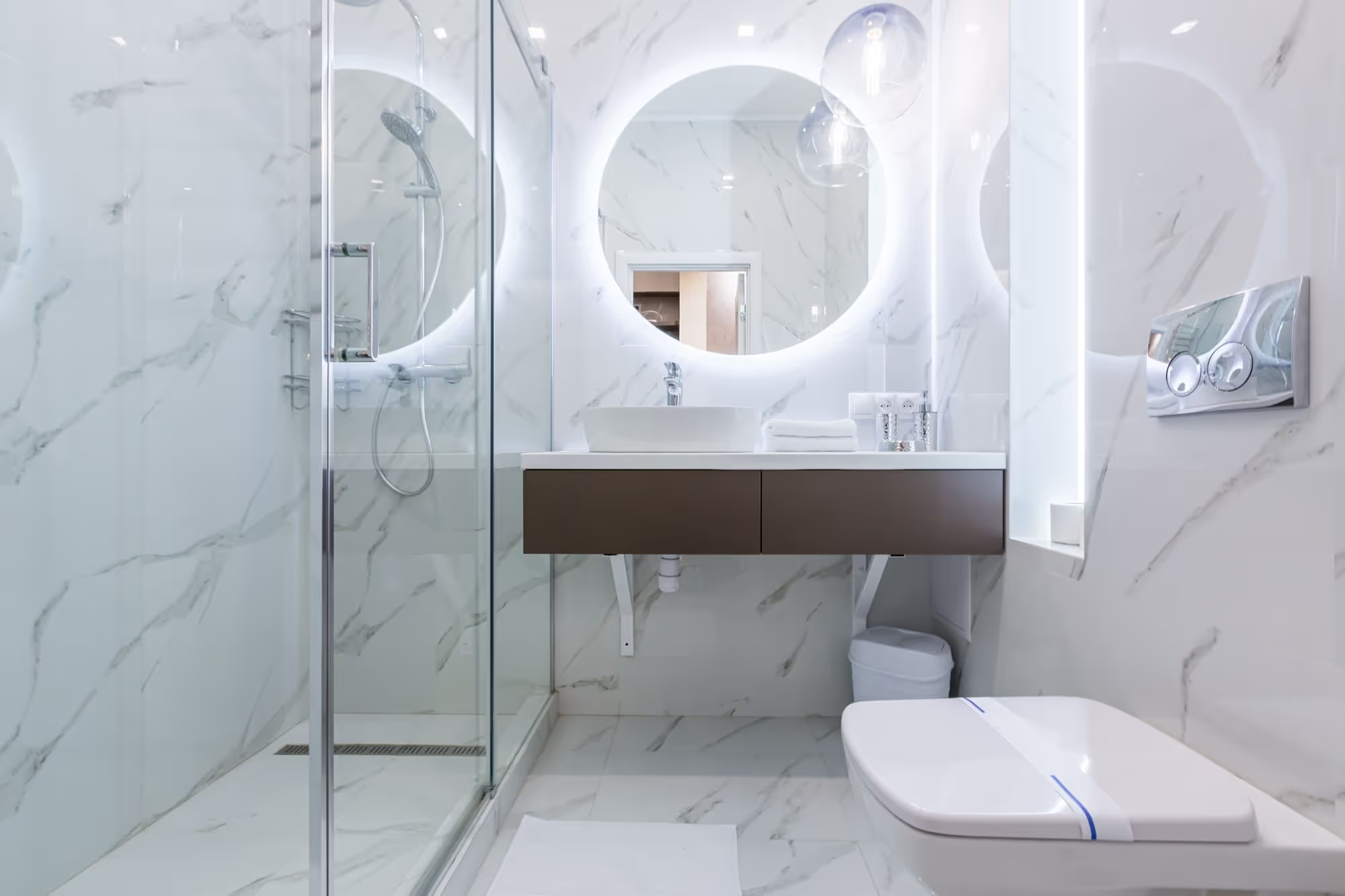
.avif)
.avif)

.avif)
